|
If you’re expecting vampires and werewolves, know this: Bram Stoker never took one single bloody step in all of Transylvania. And if you’re listening for the children of the night, you’ll likely hear students listening to their iPhones in Cluj Napoca. The capital of the Romanian region of Transylvania happens be a blast of a student town, pulsing with fine-dressed locals, loud techno, and the odd lucky tourist. But before I skip the line-up to sidestep a meathead bouncer at the trendiest club in town, let me settle a few key issues:
Good, now we can forgo the horror and hit the real Transylvania. Remember the opening scene in the film Borat, set in a small village in Kazakhstan? That was actually rural Romania, and the town of Ture, an hour’s drive outside Cluj Napoca, proves it was no movie set. Horse and buggy carts pass rotund old ladies with fingers like pork sausages, milking water buffalos at sunrise. String bands play traditional music inside old wooden houses, most of which have electricity, but no plumbing. My overnight train from Bucharest deposits me in Ture when the cows came home having grazed overnight in the hills. Their bells ring in the early morning mist, and Christopher Walken was right, we do all need more cowbell. I find the 250-year-old stone house where I will spend the night, finding it cool even as summer heat bakes the dirt roads outside. Awaiting me is a pot of strong coffee, homemade sheep cheese, and some homemade palinka - the local moonshine that accompanies breakfast, lunch and dinner. My homestay host insists I leave the dishes (even offering to help is deemed an insult) and so I wander off to help a 75-year-old man shovel hay onto a buggy cart, all the while flirting with two old ladies cackling on a nearby wooden bench. Life hasn’t changed much in Ture’s long history, but the very idea of bloodsucking vampires and ravenous werewolves feel like miscast monsters in a fairy tale. At sunset, the village band and dancers gather inside the village hall, bringing a large crate of beer. Local musicians live and breathe their music, performing for days on end at celebrations and festivals, and always at the beck and call of the villagers. They strike up a folk song, the accordion bouncing a rhythm off the violins, a tall double bass building a deep foundation. My pal form the hay buggy is here with an enamel sparkle in his eye, dancing, slapping his boots, shaking his hips, and gyrating with an energy that belies his age. The ladies applaud with approval. This old dog is teaching me new tricks. Each house has a “Good Room”, set aside to show off the talents and domestic skills of Ture’s maidens for promising bachelors. It is laced up in red furnishings, painted plates, blankets, homemade food, and all the qualities one looks for in a Transylvanian wife. The matriarch of one house insists I dress the part of bachelorhood, providing some 80-year-old threads with the leather boots that creak when I walk. I may look like a leprechaun, but one must do whatever it takes to woo Transylvanian beauties. Just a pity all the young ones have moved to the city. No bother. We will drink. We will eat. We will toast with the battery-acid palinka, powerful enough to thin paint: Aga-shag-adray! Astute readers will recognize that as a Hungarian toast. The villagers of Ture are ethnic Hungarians, the largest minority in Romania, most of who live in Transylvania. Fertile with forests, farmland and mountains, Transylvania has been used as a pawn on a geo-political chessboard for millennia, being annexed here, gaining independence there, attacked and conquered everywhere. Today it is part of Romania, although relations between Romanians and Hungarians can be a little turbulent. Transylvania nowadays is full of small villages that continue to exist as they have for centuries, but thousands of students descend on Cluj Napoca, the third largest city in the country, for its academic and nightlife offerings. Back in Cluj, I accost some girls on the street that lead me a reggae bar, the walls lacquered with old newspaper clippings, the bass heavy, and the beer cheap. Everyone speaks good English, and you can get papercuts running fingers along those Transylvanian cheekbones. “You know, the world thinks Transylvania is home to vampires and werewolves and not much else,” I tell a group of new friends, their hair styled like Brooklyn hipsters. After a good laugh, they imagine the world to be as old fashioned as the farmers I met in Ture. In modern Transylvania, both farmers and city folk reckon its time someone drove a stake through the heart of Bram Stoker.
0 Comments
Fresh and rotten in time for Halloween, here’s a gallery of the places that blasted chills down my spine. Haunted, sinister, evil or just plain weird, for those that dream about travelling the world, welcome to your nightmare. The Bone Church of Kutna Hora Czech Republic Some time in the 13th century, a monk brought sand from Jerusalem to this small ossuary in central Europe. Suddenly everyone wanted to be buried there, but soon enough, space ran out. The monks collected and stored the bones. Several hundred years later, a local woodcarver decided he’d get creative with the surplus skeletons. Using the bones of some 40,000 people, he created wall art, columns, even a chandelier made with every bone in the human body. Today you can visit this small bizarre church, marvel at its morbid creativity, and literally stare death in the face. San Franciscan Monastery Peru Sticking with the bone theme (“the hip bone’s connected to the…thigh bone”), the 17th century San Franciscan Monastery in the Peruvian capital of Lima is high on most visitors list. It looks amazing from the outside, but head inside and below to the narrow, creepy catacombs. You’ll find carefully geometrically arranged skeletons of some 25,000 has-beens. Built using bricks of guano, the air is dense, lit with a distinct atmosphere of spookiness, as opposed to the intended religious devotion. One catacomb is piled head-high in skulls. With the low ceilings, you might want to watch your head too. The Killing Fields Cambodia There is creepy and there is spooky, and then there is just plain evil. Nothing makes your hair stand up, your throat parch, your nerves collapse and your faith in humanity shatter like the physical site of genocide. And yet, sickening places like the killing fields of Cambodia, the Nazi death camps in Europe, and the Kigali Genocide Museum in Rwanda are vital to understand the horrors of the past, and make sure they never happen again. It is beyond comprehension to picture mass graves, murdered skulls piled 30ft high, or pools of human ashes. It is also beyond the tone of a column of this nature. And yet I’ll continue to draw attention to historical acts of genocide, the importance that travellers acknowledge them, and the fact that even today, the horror of mass murder continues to exist. The Museum of Medieval Torture Estonia My head is on the chopping block. This actual piece of wood above was used in dozens of decapitations, which believe it or not, is one of the kinder punishments you’ll find in this gruesome collection of authentic medieval torture instruments. This bizarre museum, located off the main square of Tallinn’s old town, has wooden, iron and spiked contraptions that date back to the inquisition. Accused of being a witch? They’d lower you on a giant wooden spike and split you in two. Spanish Tickle Torture was a device used to strip flesh from bones. You can see the genuine rack, used to split a body in in two, thumbscrews, and iron contraptions designed to expire the victim in unbelievable agony. I’m not sure what’s sicker: The wicked contraptions, that someone has actually collected them, or that I paid good money to visit the museum in the first place. Transylvania Romania Transylvania is the birthplace of modern horror. At least in books and movies. Fictional Dracula was based on Vlad the Impaler, a ruthless leader who enjoyed the sight of his Turkish enemies being skewered. “Dracula’s Castle” is in Romania, but it’s a renowned hokey tourist joint. Hang on, aren’t the hills of Transylvania perfect roaming grounds for werewolves. Nobody has seen one of them in ages, in fact, nobody has ever seen one outside of a movie theatre. What you will see in Transylvania are small villages alive with traditional music and cuisine. You’ll visit the capital of Cluj Napoca (above), full of cool bars, frequented by hip students listening to dance music or reggae. There’s nothing particularly creepy about Transylvania at all, other than the fact that, hey, it’s Transylvania. I’m not walking alone in those woods, pal. Lamanai Mayan Ruins Belize Most ancient ruins up the creep factor, which is why they frequently feature in horror movies. Some Mayan ruins have the added bonus of having been the setting for human sacrifice, where decapitated heads echoed off the jungle as they bounced down the steps of temple pyramids. Found throughout Central America, the fate of Mayan civilization remains steeped in mystery. Why and how did one of the most powerful empires in history suddenly disappear? It is uncertain if human sacrifices took place here in Lamanai as it did in other later Mayan temples, although blood-letting sacrifices almost certainly did. I walk up the blackened stairs, soak up the mystery, with silence so spooky it could break my fall. Chernobyl and Prypiat Ukraine Site of the worst nuclear disaster in history, it didn’t feel that weird standing outside reactor number 4. That’s because radiation is a silent killer, and sure enough the Geiger counter was reading levels dozens of times higher than in the nearest major city of Kiev. The true creep only sets when you visit the nearby deserted city of Prypiat. Residents had just hours to leave, abandoning everything, including their pets. A quarter century later, the city is a post-apocalyptic nuclear nightmare. Dead silence, school books flapping in the wind, buildings cracking with time. Since everything inside the 30km Zone of Alienation is considered nuclear waste, there they will remain. Including this haunting doll, one of many to be found in an eerily silent school. The Kataragama Festival Sri Lanka Hang on, there’s nothing creepy about the Katharagama Festival! It’s an incredible, peaceful and unforgettable celebration of faith, as three major religions congregate in worship and respect. Still, when I stumbled on this unique Muslim ceremony, I witnessed a spectacle soaked in blood and wide-eyed fear. Holy men had gathered in a circle, and to demonstrate the intensity and extent of their faith, proceeded to stab themselves with knives and spears. To the chant of voices and the beat of drums, the holy man pictured jammed two knives deep in his skull, slashed his tongue and chest, but seemed to recover perfectly with a dab of ash on the wounds. Filming an episode of Word Travels, the reaction of our sound guy Paul (look right) speaks volumes. Bonus: Introducing The Creepiest Guy I Ever Met. In Ethiopia's Southern Omo Valley. Oh, he was holding an AK-47. I believe I complimented him on his hair style, maintained eye contact, and backed away, very, very slowly....
|
Greetings.
Please come in. Mahalo for removing your shoes. After many years running a behemoth of a blog called Modern Gonzo, I've decided to a: publish a book or eight, and b: make my stories more digestible, relevant, and deserving of your battered attention. Here you will find some of my adventures to over 100 countries, travel tips and advice, rantings, ravings, commentary, observations and ongoing adventures. Previously...
July 2024
Categories
All
|

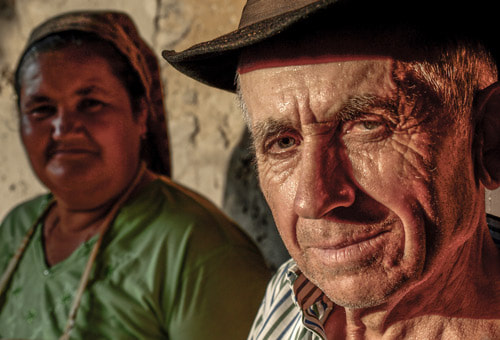
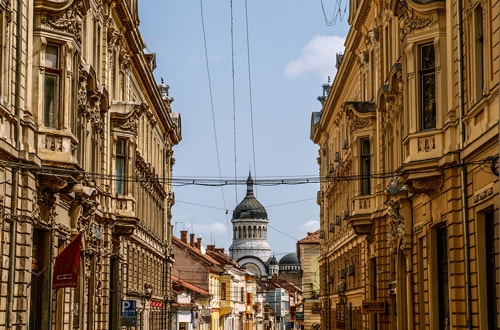
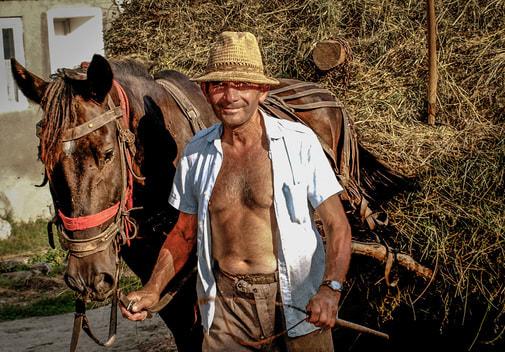
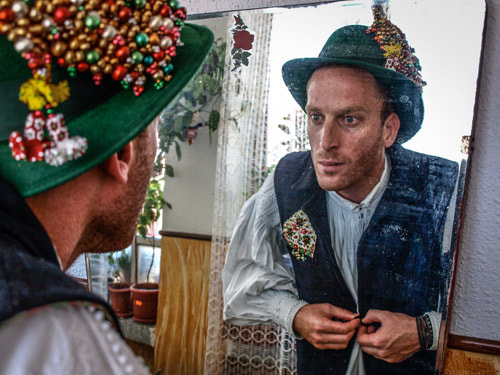
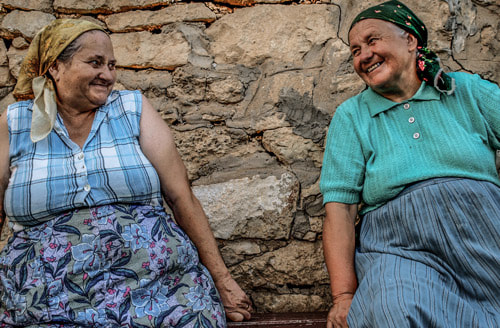
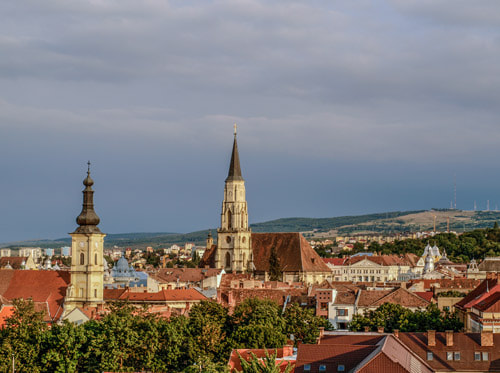
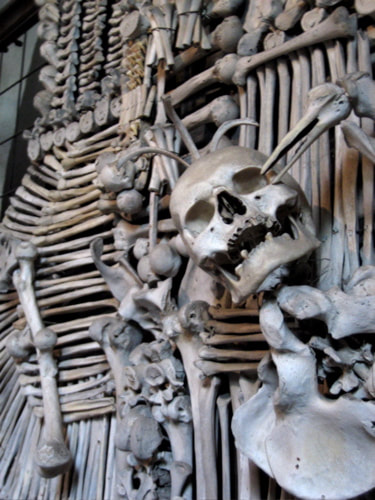
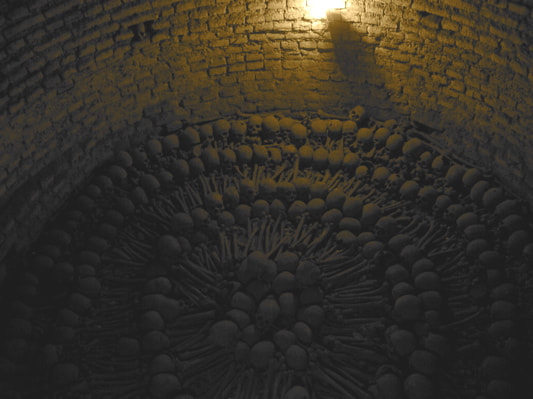

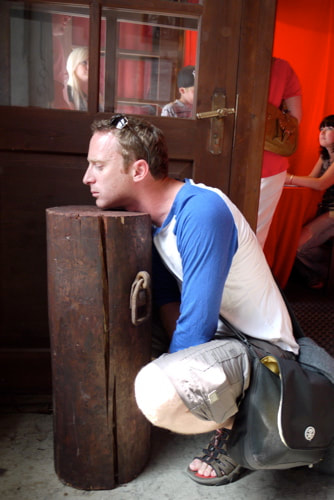
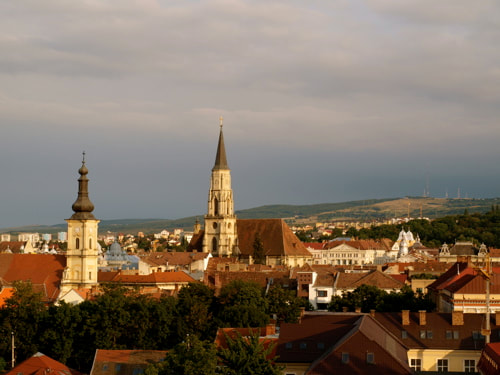
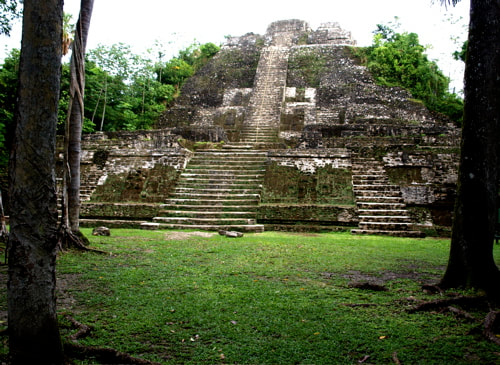
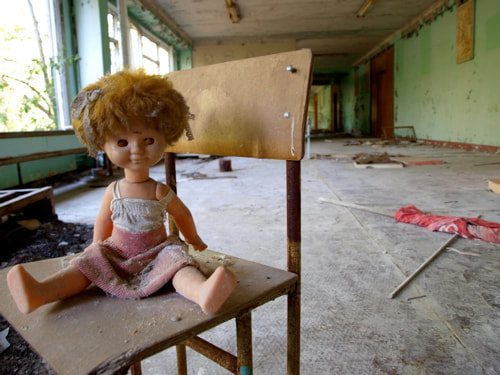
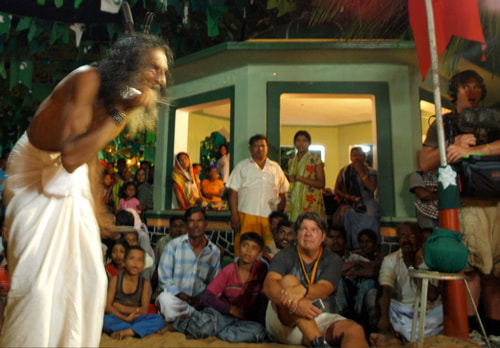
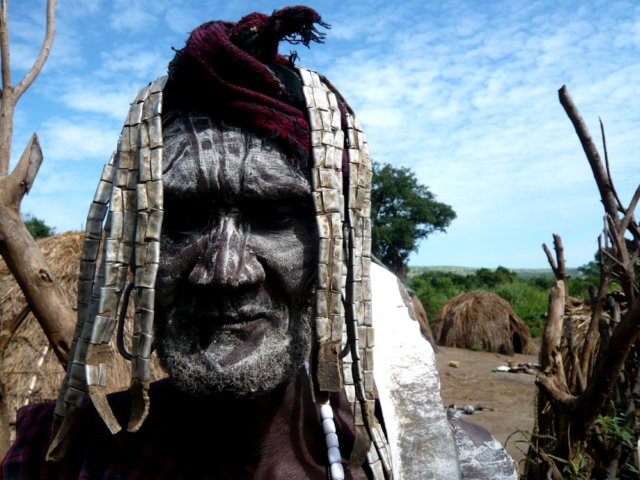
 RSS Feed
RSS Feed

